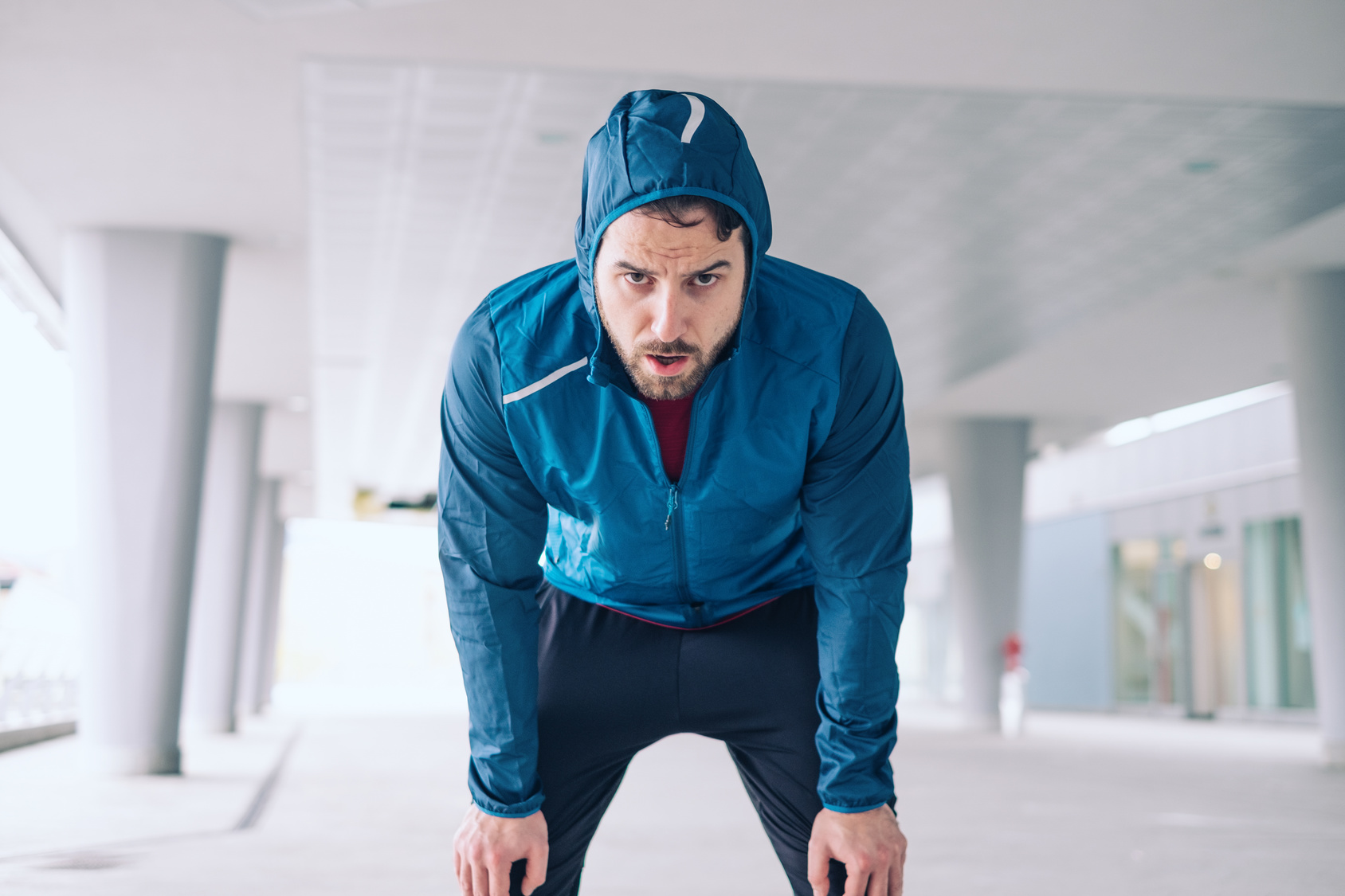Looking for the best running jacket to help protect you throughout the cold season? Then you have come to the right place.
Choosing the proper running jacket depends on factors such as weather conditions, run duration, and your personal preference.
That’s why when it comes to workout jackets, there are a lot of options to consider, but keeping the following in mind while choosing a running jacket should help you make the right decision.
Feel excited?
Then here we go.
How To Choose A Running Jacket
First things first, let’s discuss what’s the difference between a waterproof jacket and a water-resistant one.
As the name implies, a waterproof jacket will NEVER let water—or pouring rain—penetrate the fabric.
These jackets usually feature taped seams to prevent water from seeping in while also moving the sweat away from the body. However, keep in mind that lack of taping doesn’t inherently mean that the jacket is of poor quality.
On the other hand, a water-resistant jacket will allow some moisture in after some time. Generally, these can keep the water out for about 30 to 45 minutes. Good luck after that.
Additional resource – Here’s the full guide to winter running clothes.
Breathability of Running Jacket
While preventing pouring rain from seeping in is important, a jacket’s breathability can be just as important.
The IDEAL running jacket should protect against the elements but without causing overheating. That’s why it should be made from protective but also breathable materials.
When a running jacket lacks breathability, the exercise-induced moisture gets trapped inside the garment and condenses, turning your run into an uncomfortable experience.
Lightweight
A good running jacket should provide protection without hindering performance. That’s why it should be as lightweight as possible, designed in slim and ergonomic cut, which provides the highest level of movement freedom.
What’s more?
A lightweight jacket can also be packed in your gym back or suitcase to keep handy in case of weather conditions change all of a sudden.
High Visibility
Running in winter—or when it’s dark in general—can put your safety at risk.
Luckily, choosing a running jacket constructed with high visibility fabrics can help.
Reflective materials allow you to stay more visible when running early in the morning or at night.
Usually, these reflective details is placed around high-motion areas of the jacket, such as the elbows, allowing for light to reflect nonstop off your body.
Additional resource – Your guide to running belts
Proper Fit
For a running jacket to work well, it should fit well. That’s why you never go for a running jacket that’s too tight to put over other layers.
The main rule is to wear an exercise jacket you can move in, whether you prefer looser styles or a more streamlined fit.
When trying the jacket, make sure you have a full range of arm movement. The jacket should adapt to your movement without feeling restrictive, especially when you swing your arms or taking deep breaths.
The best ones are typically designed with stretch panels and flatlock seams that won’t irritate.
Price Of A Running Jacket
Your budget matters when choosing a running jacket.
Expect to pay anywhere between $60 to $300, depending on the brand and intended use of the jacket.
If you’re on a budget but also prefer quality clothing, I’d recommend going for a mid-range jacket, or about $100 to $140. The price shoots up with an extra feature or more advanced technologies.
Also, keep in mind that a waterproof jacket usually costs a little bit more than a water-resistant jacket. You’re also paying for research, development, and performance of the material. Can’t complain.
Additional resource – How to choose running gloves
How To Choose A Running Jacket – Conclusion
There you have it. If you’re looking for the best guidelines on how to choose a proper running jacket, then today’s article has you covered. The rest is just details.

